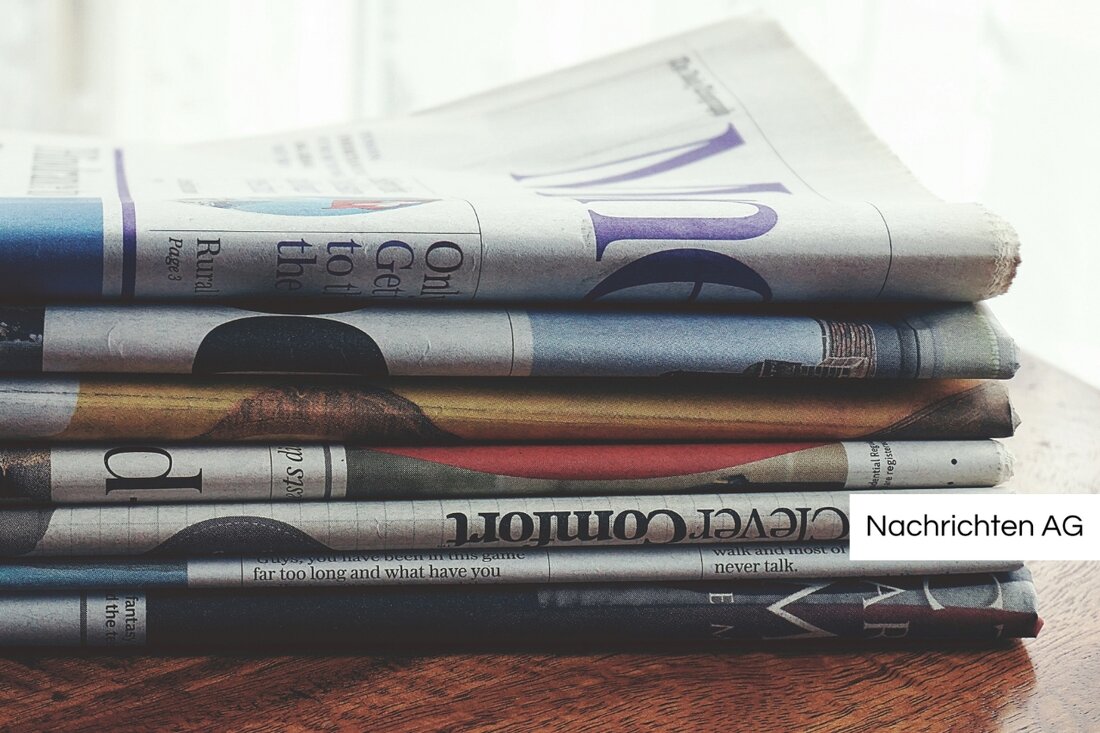Technical University of Munich wins prize for groundbreaking research!
The TUM was awarded for the best research press release in 2024, praising innovative ultrasound methods for bridge testing.

Technical University of Munich wins prize for groundbreaking research!
The Technical University of Munich (TUM) recently received the award for the best research press release of 2024. This honor was awarded by a jury of experts from the Science Information Service (idw) and recognizes a groundbreaking development in the field of construction site monitoring. Press officer Moritz Müller accepted the award at a ceremony in the Berlin-Brandenburg Academy of Sciences. The excellent press release refers to a novel ultrasound method for bridge testing.
A total of 96 press outlets were submitted for this competition. The jury, represented by Tim Schröder among others, praised the clear and accessible explanation of the technical details as well as the immense importance of this method for the construction industry and the safety of society. In addition to the press release, the jury also rated the project website as exemplary, especially the highly professional video material that illustrates the method.
Innovations in testing bridges
The excellent press release comes from the CoDA (Concrete Damage Assessment by Coda Waves) research group, which works closely with TUM. Their goal is to develop a new process for precise condition monitoring of reinforced concrete. Reinforced concrete is an indispensable building material that is exposed to considerable stress, for example from trains and high-rise buildings. Conventional testing methods are often complex, time-consuming and cost-intensive as they often require manual tapping of the bridges.
The new ultrasound-based coda wave interferometry (CWI) now enables continuous monitoring of structures. This innovative method detects even the smallest changes in the material structure and the state of tension of the materials. The CWI technology is currently being tested at two construction sites: the Gänstorbrücke since 2021 and the Munich subway station Scheidplatz since 2022.
Technical details and monitoring
The sensors used as part of this method continuously measure the loads and material changes. This data is transferred centrally to a server, enabling comprehensive monitoring. Complex mathematical models and machine learning are used to interpret the collected ultrasound data to localize damage.
In addition, the CWI measurement method has been refined to monitor large structures with minimal intervention and disruption. The CoDA research group is funded by the German Research Foundation (DFG), which further underlines the relevance and support of the research. This illustrates the increasing importance of science communication, which was particularly emphasized by Prof. Jeanne Rubner, TUM's Vice President for Global Communication and Public Engagement. She emphasized that engaging science communication is crucial for trust and understanding in research.
For its outstanding efforts in the area of science communication, TUM also received prize money of 3,000 euros, which will be invested in future science communication projects. The connection between innovative research and understandable communication is not only honored but also actively promoted.
Further information and details about the award-winning developments can be found on the TUM website: TUM, which deals with innovative approaches to construction site monitoring. Those too Bayika offers interesting insights into the CoDA research group and their important work to improve safety in the construction industry. You can find more in-depth information on the topic of science communication in the ZDIn handbook ZDIn.

 Suche
Suche
 Mein Konto
Mein Konto